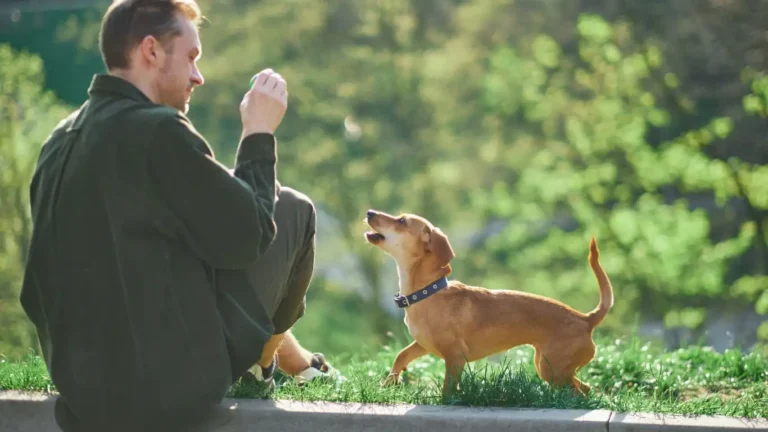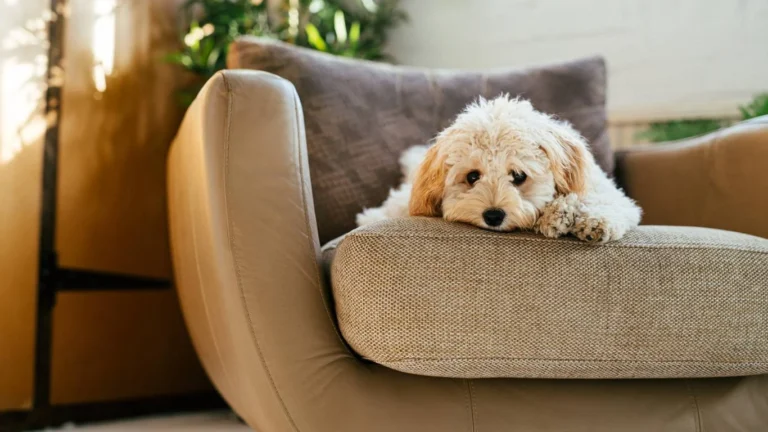How to Manage Dog Anxiety Without Medication Successfully
If you’re a dog parent dealing with an anxious pup, you’re not alone—and I totally get it. As someone who’s worked closely with pets in a veterinary setting, especially focusing on nutrition and behavior, I’ve seen firsthand how overwhelming it can be. When people ask me how to manage dog anxiety without medication, I always start with the same thought: there’s no one-size-fits-all, but yes—it’s absolutely possible. And sometimes, the most effective solutions are the ones right under our noses, just waiting to be tried. So, if you’re hoping to help your dog feel calmer and more confident without turning to meds right away, this guide is made for you.
Understanding Dog Anxiety: What’s Going On?
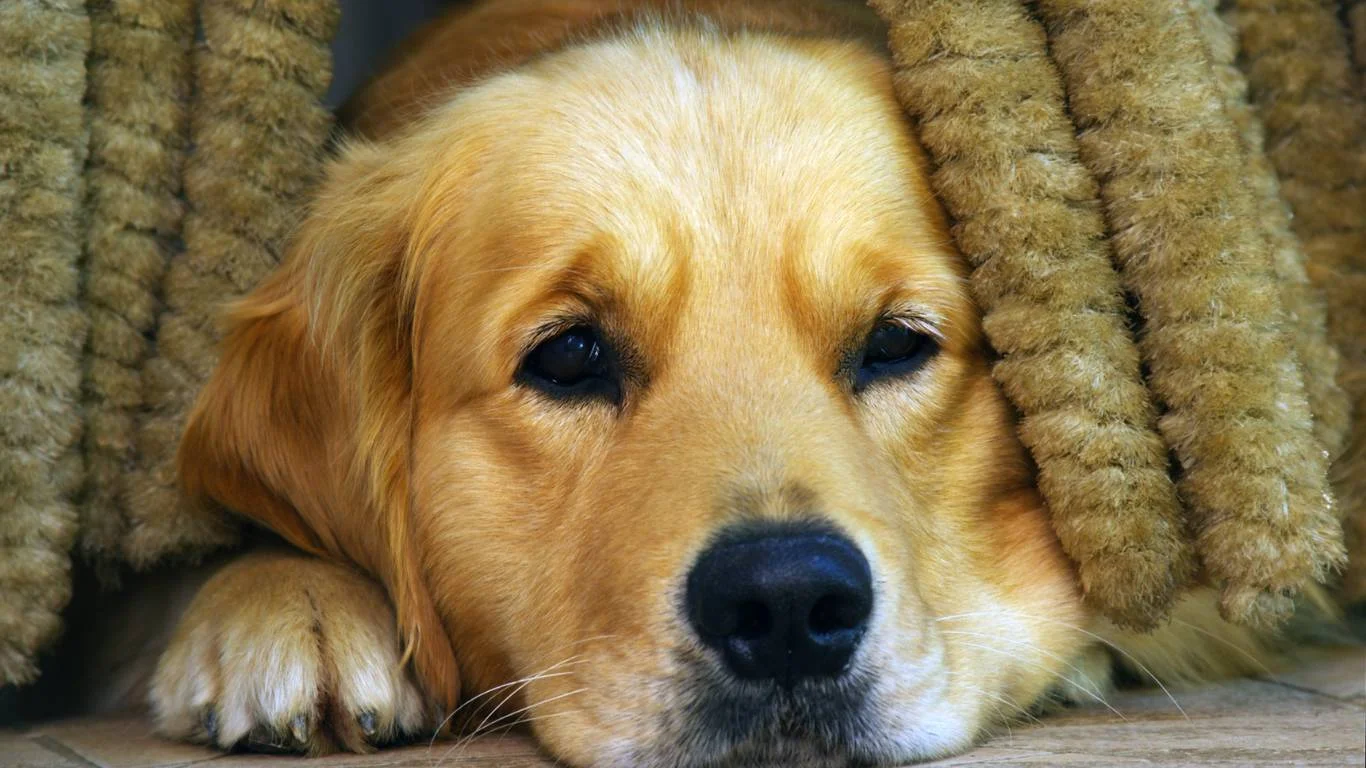
Before diving into techniques, let’s look at what dog anxiety actually is. It’s more than just a little nervousness or barking at the mailman. Anxiety in dogs can stem from past trauma, separation issues, loud noises, lack of stimulation, or even dietary imbalances. I once worked with a rescue pup who would chew up half the clinic’s exam room whenever thunderstorms rolled in. That behavior wasn’t about bad manners—it was panic in its rawest form.
Symptoms can include:
- Excessive barking or howling when left alone
- Pacing or restlessness
- Destructive chewing or digging
- Urinating indoors even if house-trained
- Tucked tail, ears back, or avoiding eye contact
Sound familiar? These aren’t “bad dogs.” These are scared, overwhelmed dogs trying to communicate.
How to Manage Dog Anxiety Without Medication

1. Routine is Everything
Dogs thrive on predictability. I’ve seen anxious dogs calm down significantly just by sticking to a consistent feeding, walking, and bedtime schedule. Try waking up, walking, and feeding your dog at the same times every day. This creates a sense of control and safety.
2. Exercise – The Most Underrated Tool
I cannot stress this enough: a tired dog is usually a calm dog. Mental and physical stimulation is a major part of the equation. And no, a quick trip around the block doesn’t cut it for most high-energy breeds. Think fetch, sniff walks, puzzle toys, agility training—even dog-friendly hikes. One of our clients had a Border Collie who transformed after adding just 20 minutes of daily frisbee. Total 180.
3. Calming Nutrition Tweaks
Here’s where my background in vet nutrition really shines. There are specific foods and supplements that support a dog’s nervous system. Look for:
- Omega-3 fatty acids – for brain health and inflammation reduction
- Probiotics – gut health is closely tied to mental health (yes, even in dogs!)
- L-Theanine and tryptophan – calming amino acids naturally found in certain calming chews
And please, ditch those overly processed treats full of artificial junk. Whole food-based diets can make a night-and-day difference. I had a nervous Labrador in the clinic who saw reduced anxiety symptoms just two weeks after switching to a fish-based, low-grain diet. It’s wild what real food can do.
4. Safe Spaces Make a Big Difference
Imagine if your house had no quiet corner where you could just *be*. That’s how your dog might feel if they don’t have a designated safe zone. A crate (when introduced positively), a cozy corner with their favorite blanket, or even a specific room can work wonders. One trick I share often: use an old T-shirt with your scent in their bed. It’s a little thing that adds a big comfort boost.
5. Ditch the Guilt, Embrace the Tools
I’ve had people look almost ashamed when they ask about calming aids that *aren’t* medication—like vests, pheromone sprays, or calming music. Let me say this clearly: these tools work. I personally use a Thundershirt with my own anxious pup, and it’s been a game-changer during fireworks season. Don’t feel bad about using science-backed tools to help your dog cope better.
Recognizing Triggers and Rewriting the Script
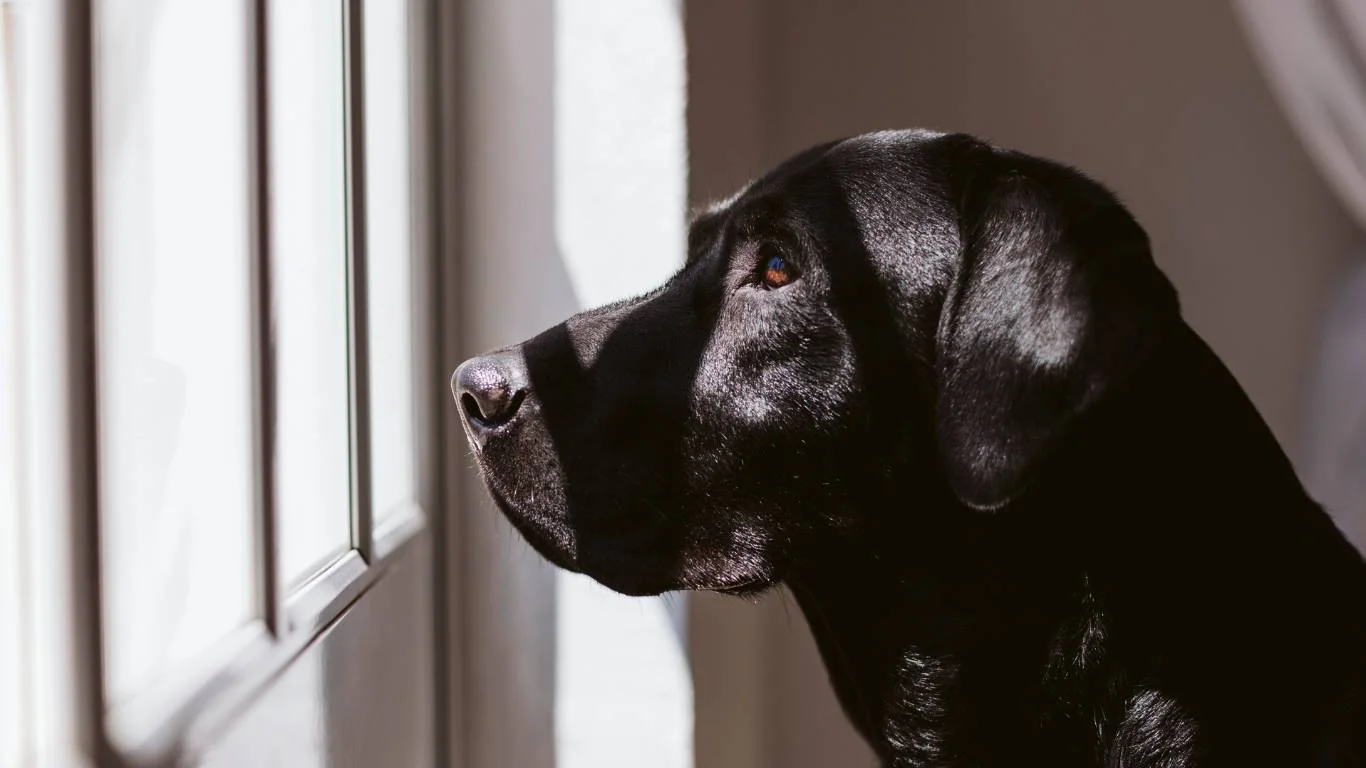
Once you start paying attention, you’ll notice patterns. Maybe it’s the sound of keys, the doorbell, or being left alone that sets your dog off. I used to keep a little notebook at work to track when anxious behaviors cropped up—and recommend you try the same at home. When you can recognize your dog’s triggers, you can start desensitizing them in small, manageable ways. It’s a process called counter-conditioning, and it’s powerful. We’ll explore more of that next.
Training Techniques That Support Calm Behavior
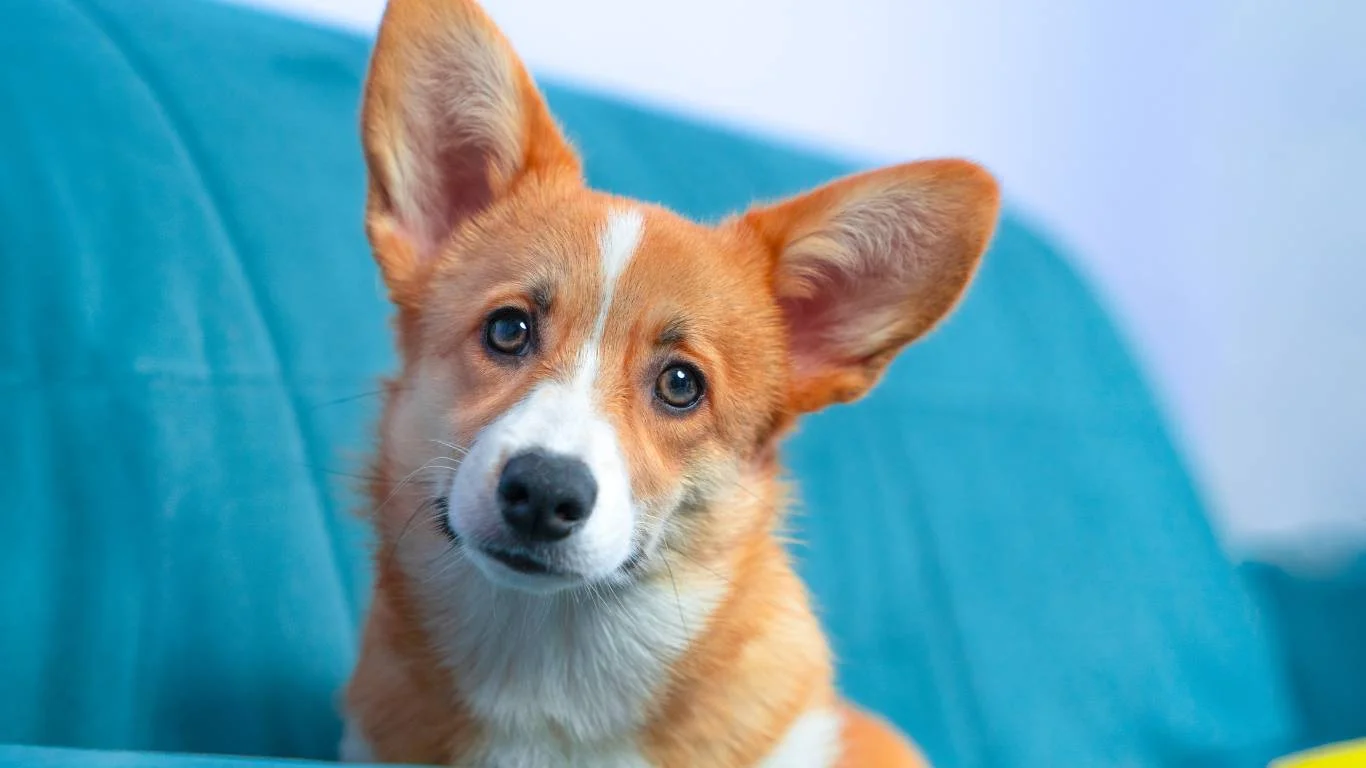
Let’s talk training—because honestly, this is one of the most underused but *crazy effective* ways to tackle anxiety. You don’t have to be a professional trainer to make a difference here. What matters most is consistency and patience (okay, treats help too!).
Start Small with Desensitization
Remember that dog I mentioned who freaked out when left alone? We started with just *five seconds* of her being apart from her owner, then gradually built up from there. That’s desensitization. You expose your dog to their trigger in tiny, safe doses while keeping them under threshold (aka not full-blown panic mode).
For example:
- Put on your coat—but don’t leave. Sit back down.
- Jingle the keys, then drop them and make a cup of tea.
- Open the door, take one step out, come back in, toss a treat.
These little fake-outs help rewire their brain’s reaction. You’re teaching your dog, “Hey, this scary thing? Not a big deal anymore.”
Positive Reinforcement Is Non-Negotiable
Reward calm behavior *before* the freakout starts. If your dog’s chilling on the couch while someone walks by outside, toss a treat or give a soothing “good pup.” When I worked in-clinic, we encouraged clients to carry a treat pouch and randomly reward calmness—it works like a charm.
And please—ditch the punishment-based stuff. Scolding an anxious dog only reinforces the fear. You want to be your dog’s safe place, not another trigger.
Enrichment: The Secret Ingredient

This is the part I *really* geek out over. Enrichment is basically anything that engages your dog’s brain and instincts. Think of it like yoga for the dog mind—relaxing, engaging, and oh-so-satisfying.
Try These Enrichment Ideas:
- Snuffle mats – Sprinkle kibble or treats in there and let your pup forage like a pro.
- Frozen Kongs – Stuffed with banana, plain yogurt, or soft dog food, then frozen. Keeps ’em busy and soothed.
- Hide and seek – Either with treats or with you. My own dog *lives* for this game—it’s a total mood shifter.
- Cardboard destruction – Toss some treats in a toilet paper roll or shipping box and let them go to town.
Enrichment gives dogs a sense of control and purpose. And for anxious pups, that’s everything. I once had a Golden Retriever client who stopped pacing after just a few days of structured scent games. Her whole vibe changed.
Natural Calming Aids to Consider
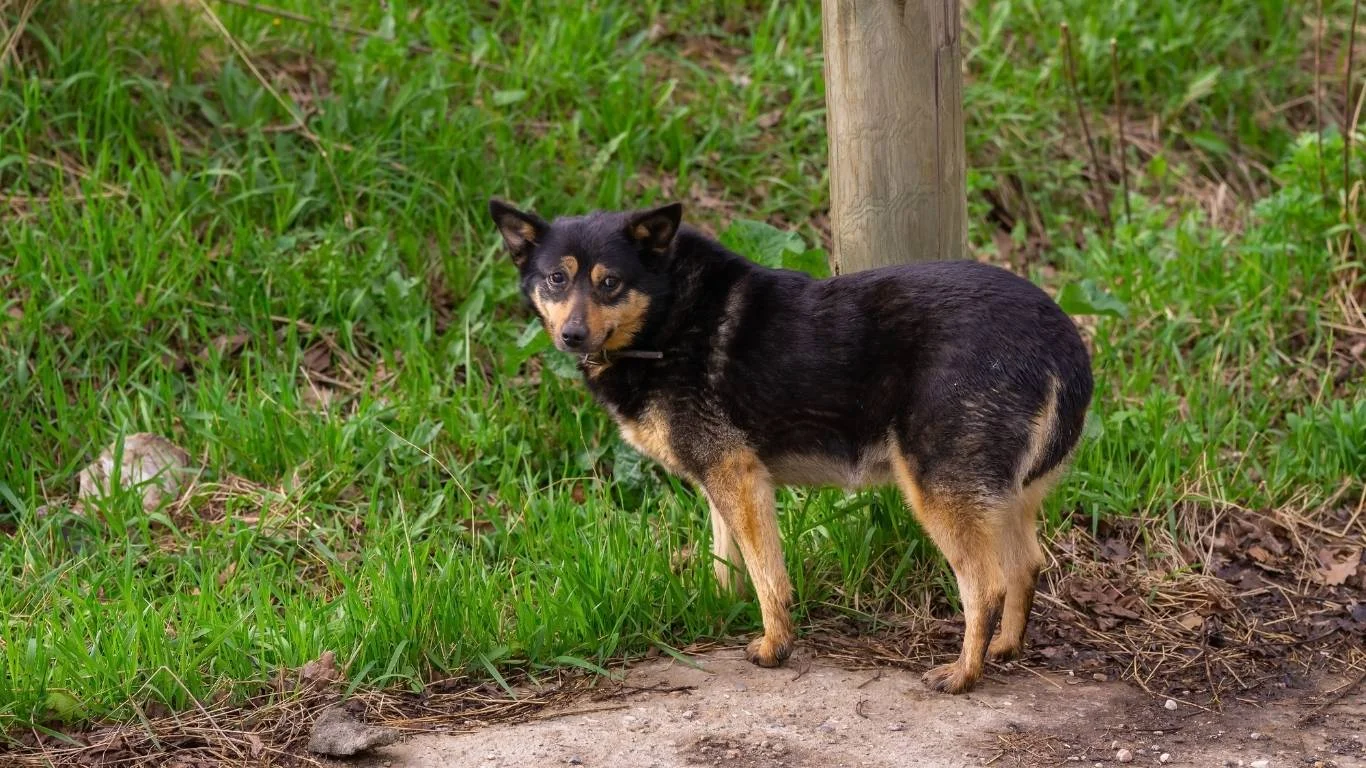
Now, this is where I’ve seen people hesitate, but natural tools can bridge the gap beautifully when you’re looking at how to manage dog anxiety without medication. Used alongside training and routine, they can be a powerful support system.
Pheromone Diffusers and Sprays
Adaptil is a big one here. It mimics the calming scent mother dogs produce. Sounds woo-woo, but it’s backed by science. I’ve used it in vet clinics and homes alike with really promising results—especially for separation and travel anxiety.
Herbal Supplements
Some pet-safe supplements blend herbs like valerian root, chamomile, and passionflower. These can gently reduce stress without knocking your dog out. I always recommend checking with your vet before starting anything, especially if your dog’s on other meds or has health conditions.
Calming Music and White Noise
There are actual playlists made for dogs! “Through a Dog’s Ear” is a favorite of mine—soft classical arrangements that are scientifically designed to calm the canine nervous system. White noise machines can also help muffle triggers like traffic or noisy neighbors.
Don’t be afraid to experiment with different calming aids. Each dog is different. What helps one might not help another, but the key is being curious and committed.
Being Present: The Human Side of It All
This part is personal. I’ve worked with hundreds of anxious dogs—but some of the most powerful shifts I’ve seen didn’t come from supplements or training tools. They came when the *human* changed how they showed up for their dog.
Dogs are incredibly intuitive. They pick up on our energy. If you’re stressed, rushing, or frustrated, they feel that. So one of the best things you can do is slow down. Sit with your dog. Let them lean into you. Breathe together. It sounds so simple, but wow—it matters.
One of my clients, a sweet Boxer named Marley, had terrible storm anxiety. But the turning point? His owner started sitting beside him during storms instead of panicking or yelling. They made it a bonding time, not a fear-filled ordeal. And you know what? Marley started to relax. Trust goes a long, long way.
When to Seek Professional Support

Now, here’s the honest truth I always share with pet parents: there’s no shame in reaching out for professional help. I know the topic is all about how to manage dog anxiety without medication, and we’ve covered a lot of natural, supportive strategies—but sometimes, your pup needs a little extra guidance. And that’s totally okay.
I’ve worked alongside veterinary behaviorists and trainers who specialize in fear and anxiety, and let me tell you, the transformation some dogs go through is nothing short of amazing. These pros dig into the “why” behind your dog’s behavior and create customized behavior plans that actually work.
Here’s when I usually recommend bringing in a pro:
- Your dog’s anxiety is getting worse, not better
- They’re injuring themselves or others (even by accident)
- They won’t eat, play, or rest normally
- You’re feeling overwhelmed or burnt out
Sometimes, you just need a second set of trained eyes to see what you might be missing. And if a vet suggests short-term medication to stabilize things while you implement the techniques we’ve covered, that doesn’t mean you’ve failed. Think of it like training wheels—not the whole bike.
Managing Expectations and Celebrating Small Wins

This part right here? It’s probably the most important thing I can share, based on years of experience: progress with an anxious dog is rarely linear. Some days will feel like magic. Others will feel like you’re starting from scratch. That’s totally normal.
I always tell clients to look for *micro-wins*. Did your dog stay calm when the doorbell rang? That’s a win. Did they rest quietly in their crate without whining? Huge progress. Track these little moments, because they add up—more than you think.
I remember this sweet rescue named Bella who couldn’t be alone for more than two minutes. Her family started small: calming music, puzzle toys, and stepping out the door for 30 seconds at a time. Within a month, she was chilling for 30 minutes solo. It wasn’t perfect, but it was progress. And that’s everything.
Building a Long-Term Anxiety Management Plan
Think of managing your dog’s anxiety like building a lifestyle, not doing a quick-fix project. You’ll want to create a long-term plan that combines everything we’ve talked about—daily routines, nutrition, training, and enrichment—and keeps evolving as your dog does.
Here’s a sample weekly anxiety-care rhythm to get you started:
- Daily: Structured exercise, feeding at the same times, calming routines like brushing or cuddle time
- 3-4x/week: Enrichment activities (snuffle mats, frozen Kongs, hide-and-seek)
- 2-3x/week: Short training sessions focusing on confidence-building commands
- Weekly: Safe socialization or calm outings (pet store, park bench time)
- As needed: Calming tools like pheromone sprays, Thundershirts, or calming music
Adjust it as you go. The key is consistency and being responsive to what your dog tells you through their behavior. You don’t need to do everything at once—just keep showing up. Your dog will feel that.
Quick Recap: Key Tips for Managing Dog Anxiety Naturally
- Stick to routines and predictable patterns
- Prioritize physical and mental exercise
- Feed a supportive, gut-friendly, nutrient-rich diet
- Use positive reinforcement and avoid punishment
- Try natural calming aids and tools strategically
- Keep things enriched and interesting
- Work with professionals if needed—it’s a strength, not a weakness
If you’ve made it this far, I just want to say: you’re doing an amazing job. Helping a dog through anxiety isn’t always easy, but it’s incredibly rewarding. I’ve seen scared, shutdown dogs turn into joyful, confident companions—and trust me, your pup can too.
References
- American Veterinary Medical Association (AVMA)
- ASPCA – Pet Behavior Resources
- Fear Free Pets – Behavior and Enrichment
- VCA Animal Hospitals – Anxiety and Calming Techniques
- American Kennel Club – Dog Anxiety Guide
Disclaimer
This article is for informational purposes only and is not a substitute for professional veterinary advice, diagnosis, or treatment. Always consult your veterinarian or a certified behaviorist before starting any new regimen or behavioral plan for your pet.

